The Region’s real estate market remains healthy with srong sales, and seemingly sustainable construction levels. Unlike the last expansion period, we should be able to liquidate existing inventory, even if sales slow. This is a good thing with respect to keeping supply levels in check. Part of this is because of increased construction costs, I have talked about in previous articles.
Sales prices, and certain Market sectors seem to have plateaued, I expect a more historical growth pattern with respect to these markets as time goes on. Some areas, however, still have room to grow. My opinion is that we will continue to see higher-than-normal appreciation with vacant land and luxury homes above $700,000 to keep up with construction costs, and demand.
Commercial real estate remains slow, but I anticipate some of the highest levels of growth and appreciation with respect to this Market in the near future. Keep your eyes out for a relative Bargains today, this may be an opportunity for investors and business owners looking to own real estate.
